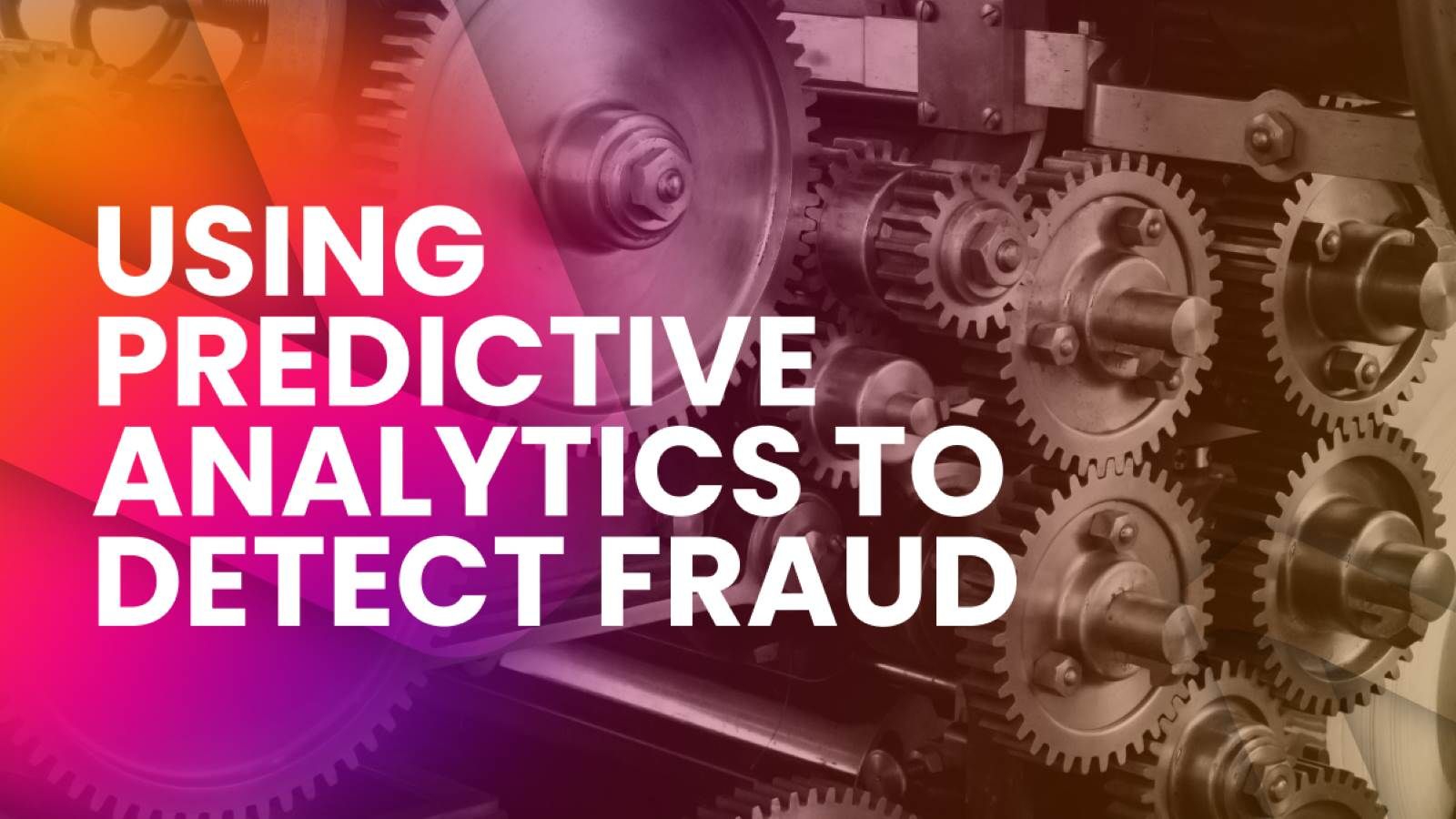
Businesses today have to protect against constantly growing and evolving fraud threats. Predictive analytics fraud detection now plays a critical role in identifying and reducing these risks for companies across industries – from financial services to insurance to retail. This article explains how predictive analytics works to detect fraud and gives you real-life examples of company success stories.
How Predictive Analytics Detects Fraud
Predictive analytics uses historical data to forecast future outcomes. To identify fraudulent behavior, predictive analytics combines statistical algorithms, data mining, and artificial intelligence to uncover patterns and anomalies that signal potential fraud. These insights are used to build statistical models that can flag suspicious activity in real time and even prevent fraud before it happens.
Traditionally used by businesses to predict customer behavior or equipment maintenance needs, predictive models are now a powerful tool for detecting fraud in the financial, insurance, healthcare, and e-commerce sectors. Predictive analytics fraud detection helps reduce risk, save money, and improve the customer experience.
Key Techniques Used in Predictive Fraud Detection
To effectively fight modern fraud, businesses rely on advanced techniques powered by predictive analytics. These methods analyze data to detect subtle patterns and anomalies that signal potential fraud.
Machine Learning Models: Algorithms such as decision trees, random forests, and neural networks comb through huge datasets to detect abnormal patterns. These models can also learn from past incidents to predict future fraud attempts.
Anomaly Detection: By establishing a baseline of "normal" behavior, predictive models can identify deviations that may signal fraud, such as an unusual transaction location or amount.
Link Analysis: This technique assesses the relationships between entities in a system (such as people, accounts, and devices) to uncover fraud rings or unlawful activities.
Natural Language Processing (NLP): NLP can be used to analyze emails or claim forms and flag suspicious language or patterns.
Behavioral Analytics: Analyzing user behavior such as login habits or transaction patterns can help discover account takeovers or identity theft.
Fraud detection using predictive analytics is especially beneficial to businesses because it is a proactive approach that evolves with fraud tactics, instead of just reacting to them.
Real-World Examples of Predictive Analytics Detecting Fraud
Companies use predictive fraud analytics to save millions of dollars, enhance security, and improve customer trust. Let’s take a closer look at how predictive fraud analytics work specifically in the banking, insurance and e-commerce sectors.
Examples of Predictive Analytics in Banking Fraud
Major financial institutions adopt AI and machine learning technologies to strengthen fraud detection and prevention. The British bank Barclays uses an analytical AI fraud detection system that examines transaction data in real-time and flags transactions that deviate from a customer’s usual spending habits.
Barclays can use these algorithms to identify and block fraudulent activities instantly. For example, if a customer typically shops in Paris but suddenly has transactions in Tokyo, the system issues a fraud alert and pauses the transaction until it can be verified. This real-time intervention reduces losses and improves customer trust.
Commonwealth Bank of Australia has also used artificial intelligence to improve fraud detection services for its more than 10 million customers. Commonwealth says its Gen-AI-powered systems send 20,000 proactive warning alerts to retail customers each day and have reduced customer scam losses by 50%.
Examples of Predictive Analytics in Insurance Fraud
Insurance companies are increasingly adopting predictive analytics to flag fraudulent claims before they are paid. Allstate Insurance uses machine learning algorithms to scrutinize claims data and identify patterns indicative of fraud. Using random forest algorithms, Allstate reduced fraud by 35% and achieved 92% accuracy in anomaly detection.
Allstate’s models analyze variables such as the timing of claims, history of claims made by a person, and accident details. Claims with unusual patterns such as excessive medical treatments, repeat claims from the same repair shop, or no witness reports, are flagged for further investigation.
MetLife also uses predictive analytics to monitor and analyze claims and help fight fraud in life and health insurance. Applying historical data and advanced analytics has made MetLife’s fraud detection more accurate and reduced its losses.
Examples of Predictive Analytics in E-commerce Fraud
Online retailers face constant fraudulent transaction threats, particularly through stolen credit cards and identity theft. Predictive analytics helps e-commerce platforms fight back.
For example, e-commerce giants Amazon and Alibaba use predictive analytics to analyze buyer behavior in real-time. Artificial intelligence and machine learning models analyze vast amounts of transaction data, and if a user places a suspicious order, the system flags the transaction for review. The ability to proactively block suspicious transactions helps better protect buyers and sellers on these platforms.
E-commerce predictive analytics fraud detection models can also assess factors such as purchase history, device information, and geographic location to score transactions based on risk. Low-risk transactions are processed seamlessly, while high-risk ones are routed through manual check.
For more on how predictive analytics are being used in e-commerce, check out this article: Predictive Analytics in Retail: Key Use Cases and Emerging Trends
Benefits of Using Predictive Analytics for Fraud Prevention
The advantages of using predictive analytics for fraud prevention go beyond saving companies money. Key benefits include:
Early Detection and Real-Time Response: Predictive models can identify fraud before it occurs or at the moment it happens. This allows for a quick response and limits losses.
Scalability: Predictive systems can handle massive amounts of data, making them ideal for large organizations with thousands or millions of transactions daily.
Cost Efficiency: Automating fraud detection reduces the need for large manual review teams and lowers the rate of false positives.
Improved Customer Experience: By reducing inaccurate fraud alerts, businesses can minimize disruptions for legitimate customers, improve trust, and increase satisfaction.
Adaptability: Machine learning models improve over time, adapting to evolving fraud tactics and threats without the need for constant reprogramming.
Regulatory Compliance: Many industries have strict compliance requirements for fraud monitoring. Predictive systems help businesses meet these standards more efficiently.
These examples of predictive analytics for fraud detection prove that predictive models have become essential tools in the fight against fraud. Predictive analytics allow businesses to stay one step ahead of scammers. That’s no longer a competitive edge – it's a necessity.
For a deeper dive into how predictive analytics work, read this next: What Is Predictive Analytics: Definitions and Future Applications


